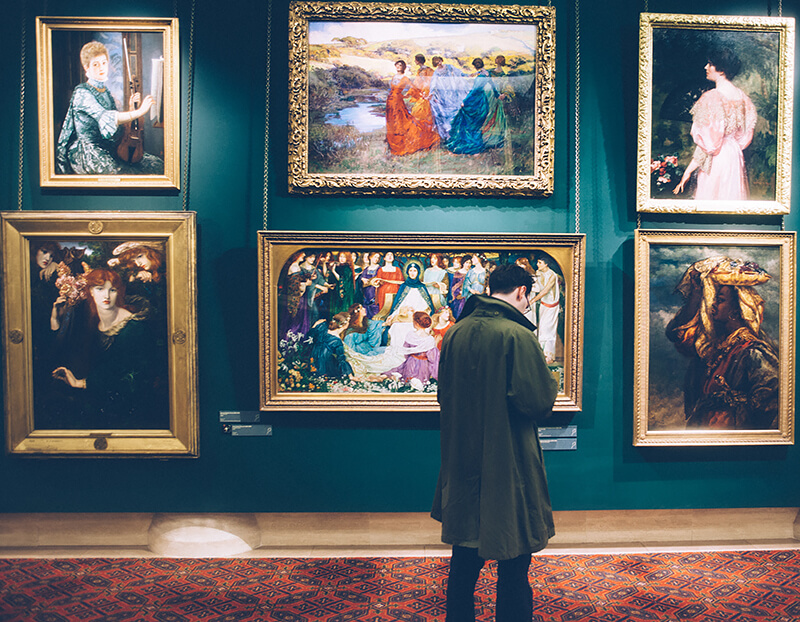Michelangelo Merisi da Caravaggio, also known as Caravaggio, is still regarded as one of Western art’s most influential figures. His dramatic use of chiaroscuro and radical approach to realism in biblical and mythological scenes reshaped the Baroque period, and his works continue to captivate art enthusiasts centuries after his death.
Before we get into this post, if you would like to listen to a short podcast episode about the life of Caravaggio, you can listen to the Creative Flair Podcats here.
Early Life and Training
Caravaggio was born in Milan in 1571 and grew up during a time of plague and conflict. He was orphaned at the age of 11 and apprenticed with Simone Peterzano, a painter who had studied under the renowned Titian. This formative period exposed him to the techniques that would eventually define his revolutionary style.
Caravaggio’s Rome: A Canvas of Opportunity and Turmoil.
When Caravaggio arrived in Rome in the 1590s, he discovered a city brimming with artistic fervour but fraught with social disparities. Initially impoverished, his fortunes improved when he began working for Cardinal Francesco Maria del Monte, who offered him both patronage and protection. During this time, Caravaggio began to develop his signature style, which featured stark contrasts and realistic depictions of human figures.
Artistic Innovations
Caravaggio’s paintings were revolutionary, rejecting the idealised portrayals popular at the time. He instead chose to depict biblical and mythological figures with striking realism, using models from Rome’s streets—beggars, prostitutes, and laborers—to humanise sacred themes. His masterpiece, “The Calling of St. Matthew,” exemplifies this approach by capturing a nearly candid moment in a dark, everyday setting.
Controversies, and the Man Behind the Canvas
Despite his fame, Caravaggio was known for his turbulent personal life. His quick temper and habitual involvement in brawls resulted in a murder charge in 1606, forcing him to flee. During this period of flight, he created some of his most moving works, including “David with the Head of Goliath,” in which he depicts himself as the severed head, possibly reflecting his remorse and distress.
Exile and Death
Caravaggio spent his final years travelling between Naples, Malta, and Sicily, continuing to work but never escaping his notoriety. Caravaggio died mysteriously at the age of 38 in 1610 while on his way to Rome in the hopes of receiving a pardon. He left behind a body of work that would inspire future generations of artists.
Legacy and Influence
Caravaggio’s legacy is profound, laying the groundwork for the Baroque style of painting. His techniques influenced many artists, including Artemisia Gentileschi and Peter Paul Rubens. Today, his paintings are celebrated for their emotional depth and dramatic aesthetic, which make them instantly recognisable.
Caravaggio’s life was as dramatic and turbulent as the scenes he depicted. Through his innovative use of light and shadow, he elevated the complexities of human emotion to the forefront of art, forever altering the landscape of European painting. His work continues to inspire and provoke, reflecting both his genius and his turbulent life.
You can listen to a full podcast episode about the life of Caravaggio here:























